People's Artist Thanh Hai said that he had been to Korea many times to perform lithophones and flutes in exchange programs between Phu Yen province (old) and Chungbuk province, but this time was different: He went to the Blue House to perform for the General Secretary and President, along with the First Ladies!
Before the leaders of the two countries, People's Artist Thanh Hai performed an opening act with an impromptu performance of the Central Highlands mountains and forests, followed by the heroic spirit of Vietnam with the song "Dong Mau Lac Hong" and ended with the famous Korean folk song Arirang.
When the performance ended, the applause from the distinguished guests was long and full of admiration and delight. The sound of the stone from thousands of years ago echoed and reverberated. General Secretary To Lam and his wife personally introduced in detail the Tuy An lithophone (8 bars), the lithophone with the most standard scale, dating back 2,500 - 3,000 years, and gave an overview of Vietnamese lithophones.
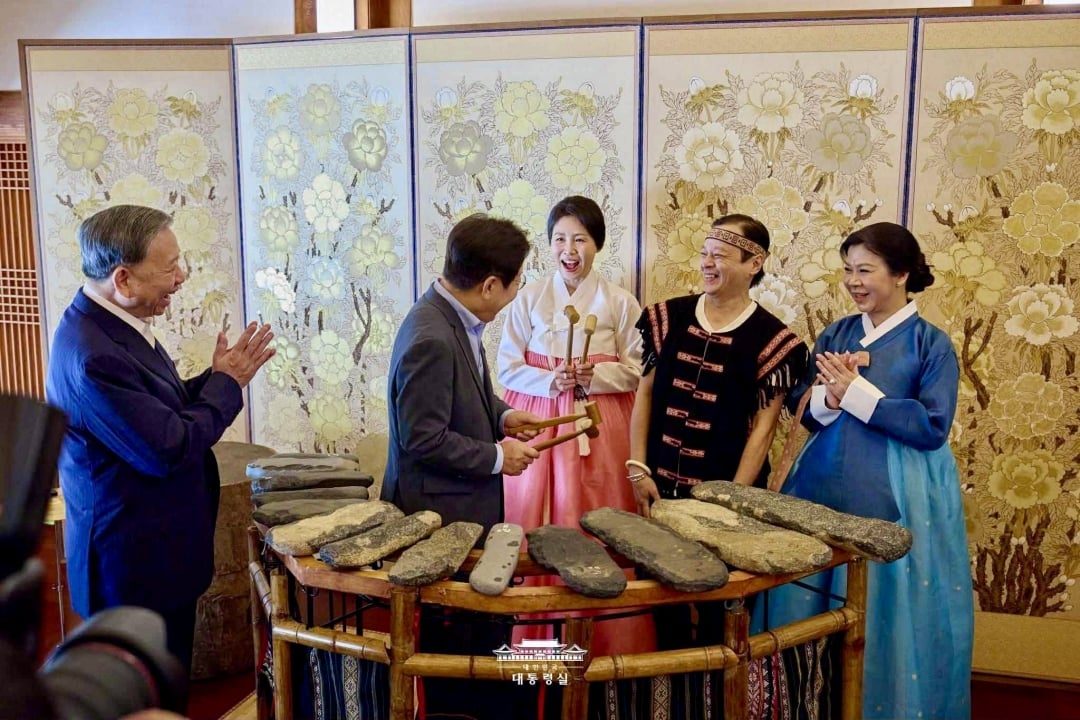 |
| South Korean President Lee Jae Myung and his wife enjoyed playing the lithophone in the presence of General Secretary To Lam and his wife. Photo: Provided by People's Artist Thanh Hai |
| When the Tuy An lithophone performed by People's Artist Thanh Hai resounded at the Blue House (South Korea), after the applause of the leaders of the two countries, we understood: The cultural story of Vietnam told in the language of stone, of our ancestors, has touched the hearts of the world today. |
South Korean President Lee Jae Myung and his wife were extremely delighted with the clear, crisp sounds, and deep, resonant sounds produced by the rough, dull stones. In particular, the Vietnamese lithophone set was able to play the famous Korean folk song Arirang. “The South Korean President and his wife were so delighted that they even tried playing the lithophone. I happily guided the leader of the neighboring country to play the sounds of the Vietnamese lithophone in happiness and pride,” People’s Artist Thanh Hai happily recounted.
People's Artist Bui Thanh Hai is the one who persistently brought the lithophone to the big stage and beyond the borders of Vietnam.
Graduating from the Music Department, with a trumpet major, Thanh Hai soon revealed his ability to "touch" many musical materials: drums, keyboard, guitar, harmony - arrangement, dance music composition... At Sao Bien Folk Music and Dance Theater, he is not only a musical instrument player but also a silent conductor, a sound space designer for large and small programs.
For artist Thanh Hai, lithophone is not only a musical instrument but also a prehistoric heritage carrying the breath of mountains and rivers. He persistently studies scales, percussion techniques, how to place the sticks, and how to handle the resonance and pause so that the sound of the stone is both precise and expressive. In typical performances of Sao Bien, such as: Words of Stone, Soul of Stone, My Hometown Festival..., he combines lithophone with percussion, strings, wind instruments, and even electronics to create a multi-layered composition that creates resonant climaxes. The sound of the stone is no longer "monophonic" but becomes a series of nuances: sometimes clear, sometimes thorny, sometimes resonant and thick.
In 2019, Meritorious Artist Bui Thanh Hai was awarded the title of People's Artist by the State for his outstanding contributions in preserving and promoting the national musical heritage in Dak Lak in particular and Vietnam in general.
But perhaps Thanh Hai’s greatest mark lies in the “reach” of his stone sounds. Over the years, he and his colleagues have taken lithophones and stone trumpets beyond the local stage to regional and international cultural and artistic spaces. Performances, exchanges, and exhibitions in Laos, Korea, etc. have helped foreign audiences touch a Vietnam that is both ancient and contemporary.
Every time the lithophone steps into the spotlight, the audience seems to hear the sound of waves lapping at the shore, the sound of the wind blowing across Mui Dien, the rhythm of the fishermen's rowing, the rhythm of the undulating fields in the mountainous region, the echoes and reverberations from thousands of years ago. Moreover, he directly and encourages his colleagues to experiment with the combination of lithophones with double drums, gongs, H'Mong flutes, electric guitars or synthesizers... Therefore, the programs he stages always have an "open" structure: rich in folklore but not old, deeply modern but not out of place.
Source: https://baodaklak.vn/van-hoa-du-lich-van-hoc-nghe-thuat/202508/dan-da-cham-nhip-trai-tim-39e02c5/


![[Photo] Standing member of the Secretariat Tran Cam Tu works with the Standing Committee of the Party Committee of the Ministry of Health](https://vphoto.vietnam.vn/thumb/1200x675/vietnam/resource/IMAGE/2025/10/10/1760079818773_image-4-6972-jpg.webp)



![[Photo] "Exposing letters" in the flood center of Lang Son](https://vphoto.vietnam.vn/thumb/1200x675/vietnam/resource/IMAGE/2025/10/10/1760080117518_ndo_br_z7101324112737-07cd4d1c01801a8ccf4ae0cbaf31c4a3-507-jpg.webp)
![[Photo] Unique Phu Gia horse hat weaving craft](https://vphoto.vietnam.vn/thumb/1200x675/vietnam/resource/IMAGE/2025/10/10/1760084018320_ndo_br_01-jpg.webp)








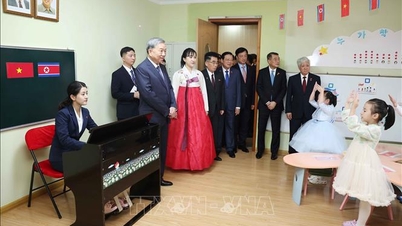


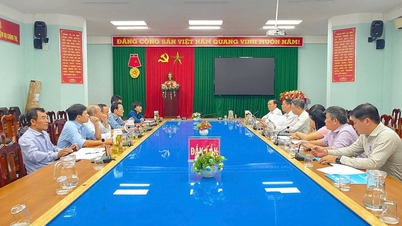



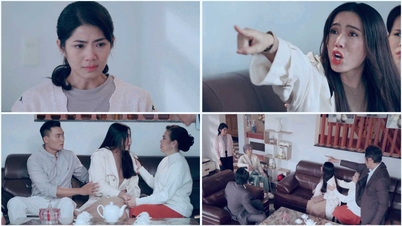












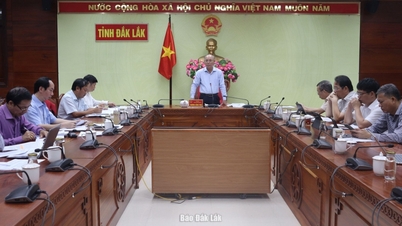
![[Photo] Ho Chi Minh City is brilliant with flags and flowers on the eve of the 1st Party Congress, term 2025-2030](https://vphoto.vietnam.vn/thumb/1200x675/vietnam/resource/IMAGE/2025/10/10/1760102923219_ndo_br_thiet-ke-chua-co-ten-43-png.webp)

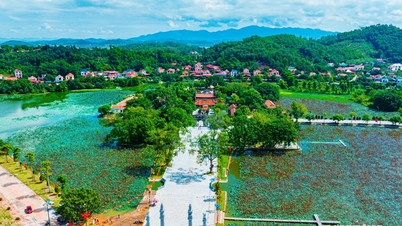


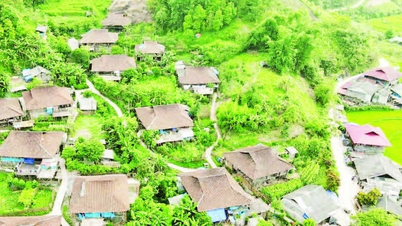

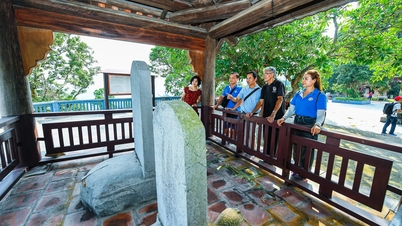
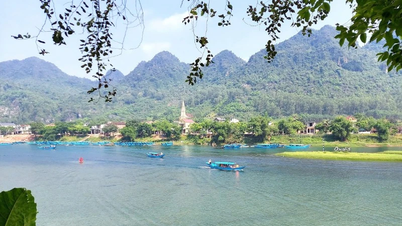





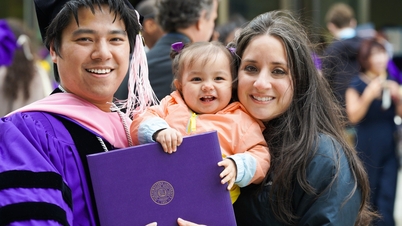





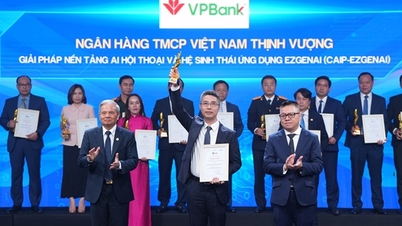



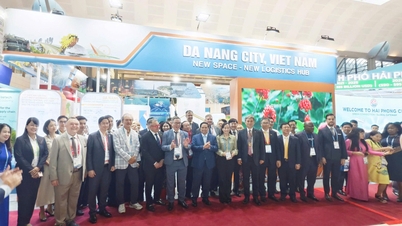













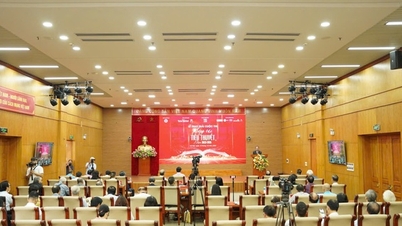

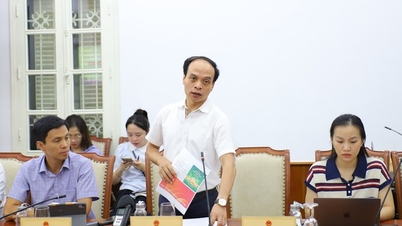









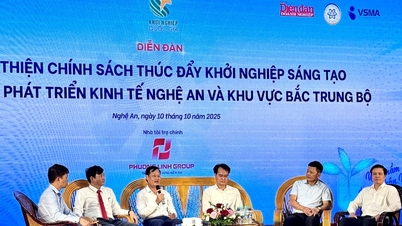

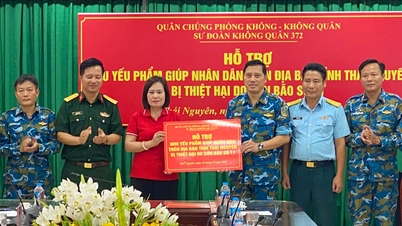



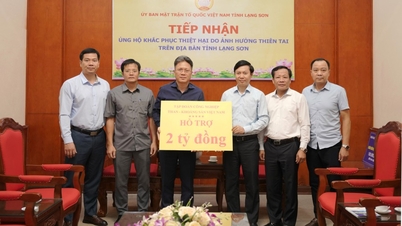












Comment (0)